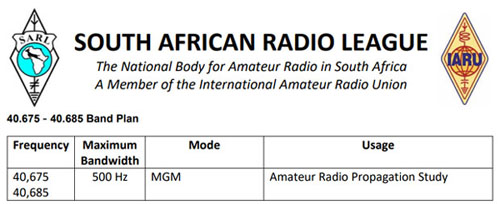There was an interesting article recently in the New York Times about how the Moon has a stream of sodium atoms coming off it and the Earth passes through it once a month. This 'tail' stretching 500,000 kms behind the moon comes from meteorites hitting the lunar surface.
I began to wonder if this would have any impact on Sporadic-E formation? I presume it doesn't as the tail is extremely diffuse and I think it's the dust from metallic meteors coming into the Earth's atmosphere that is the fuel for Sporadic-E propagation.
If however anyone found a weak correlation between Sporadic-E and the times of the new Moon, I would think this source would have to be reconsidered.
Addendum: This is the summary of an article which appeared in Nature in 1972...
THE radio reflexions from the sporadic E region (Es) of the ionosphere show unique properties within a narrow range of latitudes over the magnetic equator. Matsushita1 pointed out that the latitudinal variations of the maximum frequency reflected from the Es region and the solar daily range of geomagnetic H component each show a sharp maximum within about ± 3° from the magnetic equator, suggesting an association between equatorial Es and equatorial electrojet currents. Knecht2 has described the characteristics of equatorial Es (Es−q). First, it regularly occurs during daylight hours in a narrow belt along the magnetic equator; second, it is always transparent to probing by radio waves; third, it usually displays a well defined lower edge lying between 100 and 110 km, giving scattered and diffuse echoes above the principal echo; fourth, in well defined cases the diffuse echoes are contained below a sharp upper boundary that starts at about ƒ0E and increases in height with increasing frequency. The time of first appearance of the Es−q in the morning and the time of disappearance in the evening has been shown to be controlled by the age of the Moon, and this effect has been related to the corresponding variations of the equatorial electrojet2,3. Close correlations have been established between the dips in ƒEs and the H component of the magnetic field at equatorial latitudes4,5.
Link... https://www.nature.com/articles/physci237073b0
Addendum...
Anton Petrov gives some more information about this phenomenon in this video...



























